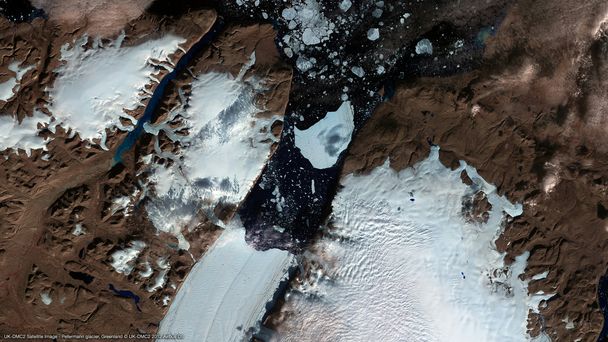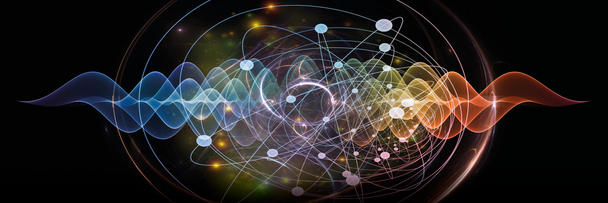Towards climate studies using quantum technologies

The impact of climate change is one of the most severe challenges of the 21st century. It is therefore of high importance to understand the underlying processes and causalities. A powerful tool to gain this vital knowledge on a global scale is the satellite-based observation of changes in Earth’s mass distribution e.g. from melting glaciers or loss of groundwater. The required high-precision measurements are reachable with novel quantum sensors. Due to the extensive European heritage and a close collaboration within the European Union an independent development and operation of a quantum sensor based space mission can be realised.
On December 14th, 2022, the CARIOQA-PMP project (Cold Atom Rubidium Interferometer in Orbit for Quantum Accelerometry – Pathfinder Mission Preparation) under the European Commission’s Horizon Europe program was kicked off with the aim to develop such a quantum sensor for space application. European industry in collaboration with European research institutions will build an engineering model of an accelerometer based on atom interferometry for a Quantum Space Gravimetry pathfinder mission. Benefitting from the heritage of its research institutions, this project aims to bring Europe into a leading position for sustainable quantum technologies in space.
Atom interferometry is a powerful tool for high-precision measurements of Earth’s gravitational field. It profits from the quantum properties of atoms that serve as a test mass. The sensitivity of atom interferometers with respect to gravity can be increased using long free-fall times that are available in space. In orbit, these devices can be used to observe global processes like a rise of the sea level with unrivaled sensitivity. However, their adaptation and qualification for space is challenging. The CARIOQA-PMP project will mature these quantum sensors and therefore prepare the ground for future high-precision gravimetry missions in space.
CARIOQA-PMP brings together leading players from five EU countries. These include experts in satellite instrument development (Airbus, iXblue, TELETEL, LEONARDO), in quantum sensing (LUH, SYRTE, LP2N, LCAR, ONERA, FORTH), space geodesy, Earth sciences and users of gravity field data (LUH, TUM, POLIMI, DTU), as well as in impact maximisation and assessment (G.A.C. Group). The pathfinder mission preparation is coordinated by the French and German space agencies CNES and DLR under CNES lead.
Airbus Defence and Space will lead the instrument development and integration. Additionally, Airbus will be responsible for the design, construction and initial operation of the sensor head, the so-called Physics Package, including an ultrahigh vacuum chamber, the atomic reservoir, the magnetic shield as well as surrounding optics and electronics. After verification of the source preparation, the engineering model modules will be integrated at CNES facilities in Toulouse.
